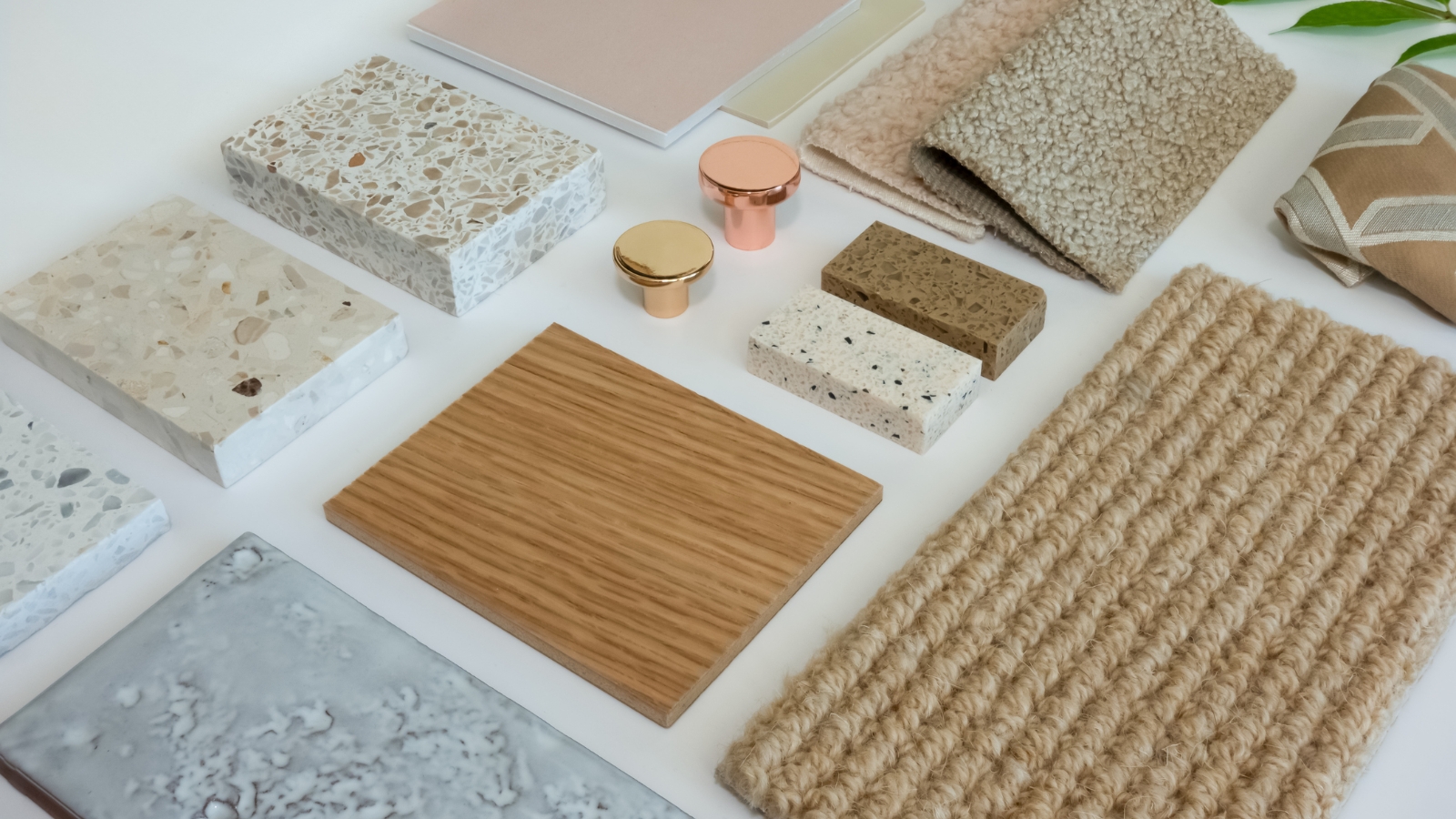Feature article
Design your dining room with these stunning ideas
The focal point for entertaining.

The dining room is often the focal point for entertaining in a home, and it’s a great space to make a design statement. When it comes to creating a stunning feature in your home, consider these five ideas to curate the perfect space for everything from decadent dinner parties to casual breakfasts.
While the modern dining room is often designed as part of a larger open plan space, there are many ways to create a beautifully defined area. When it comes to older and period homes, more often than not there is a separate dining room, and both offer a fantastic opportunity to unleash a little bit of design flair.
Cover image: This dining room in a home by Ben Hudson Architects features a statement pendant hung low over the dining table. Image: John Williams.
1. Statement lighting for the dining room
When considering lighting over a dining room table, it’s important to consider the mood or aesthetic you’re wanting to create at different times of the day. For long dinners with family and friends, it may be that a sculptural pendant or feature light hung low over the table creates the perfect ambience. However, it’s worth considering how that piece will fit into the wider design when not in use. The right piece will offer a sculptural element to the space and become a visual hero even when not illuminated. Often, the best lighting in a dining space is a mix between statement pieces and simple recessed downlights for general use.
2. Use colour to enhance and define the dining room
A great way of adding a sumptuous touch to your dining room is with colour. Dark tones create a grandiose feel and go well with brushed metal fittings. Colour blocking of one or more colours can be used to impart a dynamic feel, while pastel tones will create a playful ambience.
In the dining room pictured below, architect Tony Koia has created a moody, inviting space with the use of dark tones combined with the tactility of timber flooring.
Another option, especially for a period home, is to include a William Morris-style wallpaper, which can be used as a feature wall accent or used on every wall for a truly immersive environment.
This dining room in a home designed by Koia Architects combines dark tones with the tactility of timber to create an inviting space of rich layers. Image: John Williams.
3. Choosing the right furniture for your dining room
Not surprisingly, the most essential element within any dining room is the furniture. If your goal is to create a space that facilitates conversation and ‘good times’, a round dining table can be a great option as this is the best shape for being able to see and easily connect with everyone else at the table. The addition of curved or sculptural dining chairs will create a softer aesthetic.
As well as being the centre for entertaining friends and family, the dining room can also be a multifunctional space that lends itself to a variety of aesthetics. If your dining room doubles as a work-from-home space, you will most likely want to go for a less formal tone. A Scandinavian vibe that features lighter-toned furniture and a neutral colour palette that can be jazzed up with bright and engaging artworks can be a great option for dining spaces that double as work stations or homework zones.
4. Bring the outdoors in
If your dining option is more ‘space’ than ‘room,’ and the layout allows, consider opening the space to the outdoors. Having the option to extend the dining area into an outdoor space is a wonderful way of adding to your lifestyle and is particularly suited to hosting friends and family to a long and lazy brunch or lunch during the summer months — and for enjoying a quiet dinner or entertaining in the evening.
In the home pictured below, the 2021 Home of the Year, Black Quail House by Bergendy Cooke, the dining room is open to the outdoors – on one side, to a courtyard, and on the other, to a breathtaking view. Here, the dining experience is one innately linked to the environment.
Large-scale openings create an easy flow between indoors and out in the 2021 Home of the Year, Black Quail, designed by Bergendy Cooke. Image: Simon Devitt.
5. Biophilic design for the dining room
Creating an inviting space often means embracing nature, and that’s no different when it comes to designing the dining room. Often, those that open to the outdoors, and utilise a palette of natural materials feel the most relaxed and comfortable, inviting lingering meals and long conversations. In the 2023 Living Space of the Year, Geode House, designed by architect Vaughn McQuarrie with interiors by Sartoria, the kitchen and dining area are open plan and spill out onto a deck and garden. Materials include a honed concrete-block wall and oriented strand board lining the walls and ceiling. Underfoot, unfinished French oak adds to the textural melody of the space.
Geode House, the 2023 Living Space of the Year, embraces natural materials to create a fitting tribute to the bush-clad site on Waiheke it inhabits.
Author
Other articles you might like










